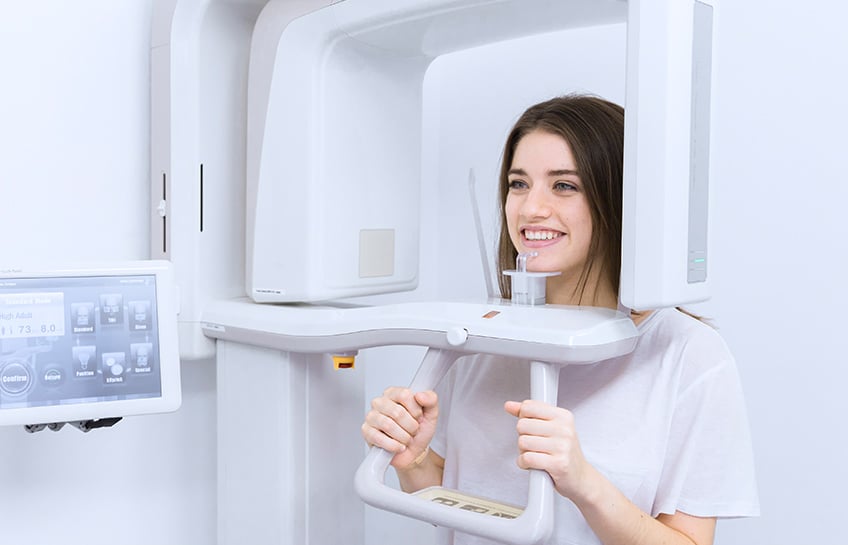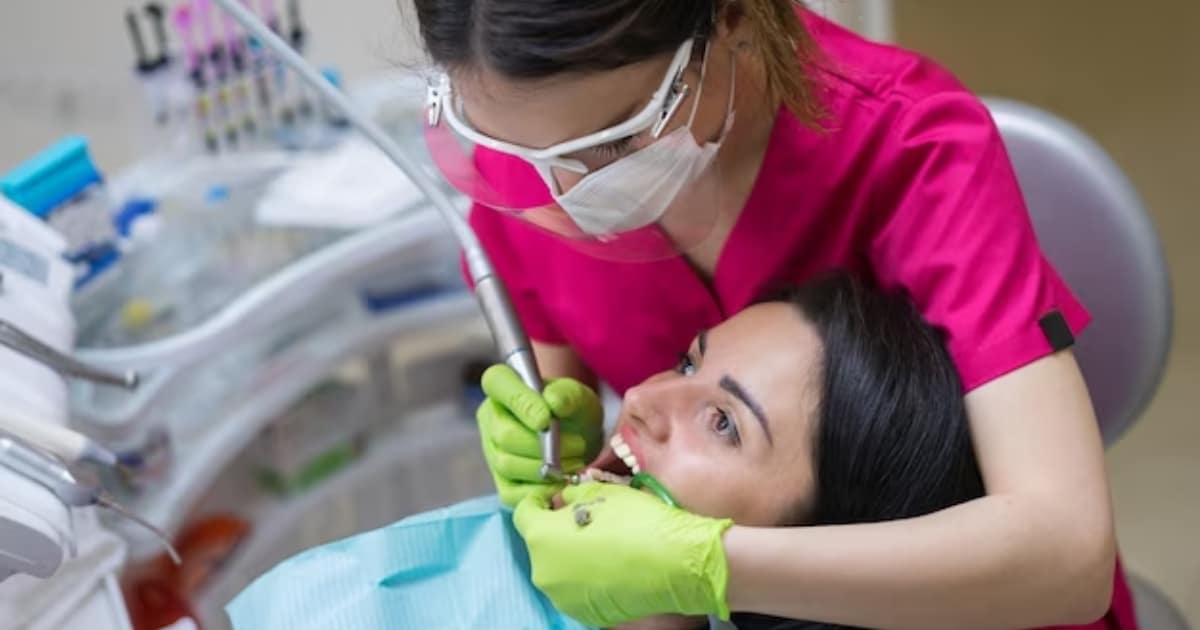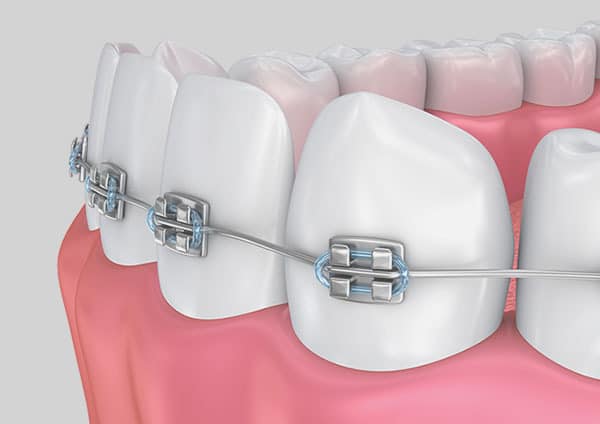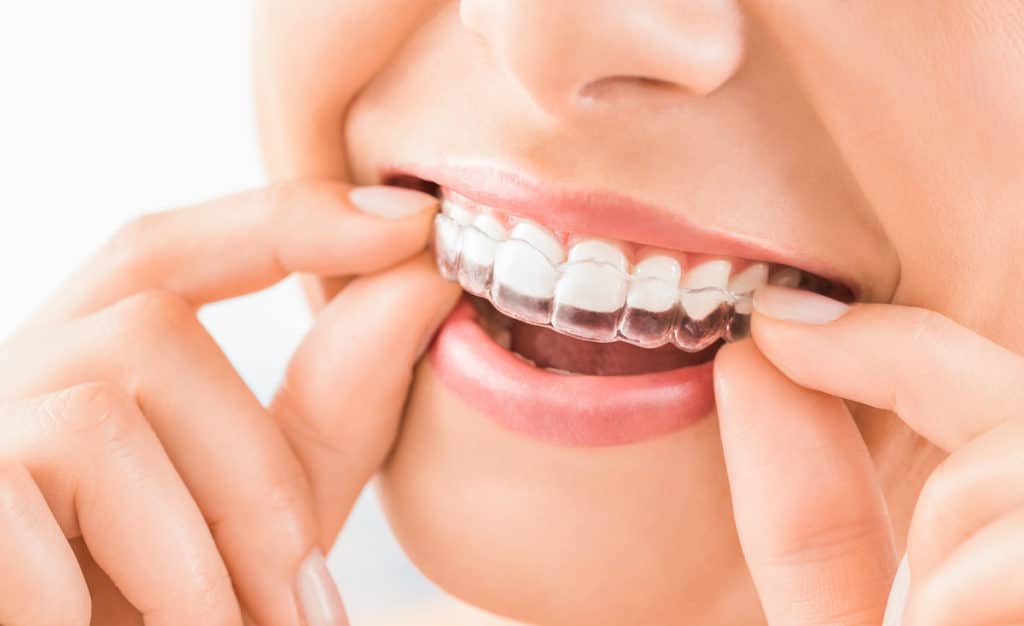
The world of orthodontics is constantly evolving, and with the introduction of CBCT technology, it has taken yet another leap forward. This revolutionary imaging system offers unparalleled accuracy, enabling the creation of customized treatment plans that cater to each patient’s unique needs. From reducing radiation exposure to providing a more comprehensive view of patients’ teeth and jaws, there are countless benefits to adopting this state-of-the-art technology in your practice. In this blog post, we’ll take a closer look at what CBCT technology is all about and why it’s quickly becoming an essential tool for orthodontists everywhere!
What Is CBCT Technology?
CBCT (Cone Beam Computed Tomography) technology is a type of advanced imaging that has revolutionized the field of orthodontics. It allows orthodontists to obtain 3D images of the teeth, jaws, and surrounding structures with greater accuracy than traditional X-rays.
Unlike regular X-rays, which only provide flat, two-dimensional images, CBCT scans give a comprehensive view in three dimensions. This provides more detailed information about bone density and soft tissue structures. In addition, CBCT technology can be used for planning complex dental procedures such as placing dental implants or performing root canal treatment.
The process involves rotating an X-ray machine around the patient’s head while taking multiple images at different angles. These images are then combined into a single 3D image using specialized software.
While CBCT scans do emit slightly more radiation than traditional X-rays, they produce much less radiation than medical CT scans. This makes them safe for use in most cases.
CBCT technology represents a major advancement in diagnostic imaging for orthodontics and other areas of dentistry. Its ability to provide high-quality 3D images has proven invaluable for diagnosis and treatment planning purposes.
How CBCT Technology Works
CBCT technology stands for Cone Beam Computed Tomography. It is a diagnostic imaging technique that uses X-rays to create three-dimensional images of the mouth, teeth, and jaw. CBCT technology works by taking multiple X-ray images from different angles around the head and using computer software to combine these images into one detailed 3D image.
To use this technology, patients are positioned in a special chair while the machine rotates around their head taking hundreds of high-quality digital X-rays which produce a 3D image with high contrast resolution. The process takes only about half an hour depending on how many scans need to be taken, making it faster than traditional CT scans.
The resulting 3D image provides orthodontists with a comprehensive view of your teeth structure enabling them to diagnose any dental issues accurately. This means they can plan treatment more precisely since they have accurate measurements of your teeth’s position in relation to each other giving them greater precision when placing braces or implants.
Moreover, CBCT technology reduces exposure radiation levels lower than traditional CT scanning techniques offering improved safety, especially for patients who require repeat scans over time such as those undergoing orthodontic treatments.
In summary, CBCT Technology offers quick and accurate diagnoses by combining several cross-sectional views from multiple sources – providing clear visibility all the way down to individual nerves and even facial bone structures – that was previously impossible without invasive surgical procedures.
The Benefits Of CBCT Technology
CBCT technology has revolutionized orthodontics by providing numerous benefits to both patients and practitioners.
- One of the significant advantages is the accuracy of the imaging, which allows for precise diagnosis and treatment planning. This level of precision means that dental professionals can detect issues that may have gone unnoticed using traditional X-rays.
- Another benefit is that CBCT scans provide a comprehensive view of not just teeth but also surrounding structures such as bones, nerves, and tissues. The 3D images produced are incredibly detailed, enabling dental professionals to see things they couldn’t before with two-dimensional X-rays.
- Furthermore, because CBCT scanning produces high-quality images quickly and with less radiation exposure than traditional X-rays, it reduces patient discomfort during procedures while minimizing health risks associated with prolonged radiation exposure.
- CBCT imaging also enables better communication between patients and practitioners since it provides visual aids to explain diagnoses or proposed treatments more effectively. Patients can easily understand their conditions through accurate representations on-screen or printouts provided by the dentist.
- CBCT technology saves time for everyone involved in an orthodontic procedure – from diagnosis to treatment planning – making it practical and cost-effective compared to older alternatives like CT scanners.
In summary, there are several benefits of utilizing CBCT technology in orthodontics – improved diagnostic accuracy; detailed visualization; reduced radiation exposure; enhanced communication between dentists and patients – all contributing towards better outcomes for oral health care overall.
How To Get Started With CBCT Technology
Getting started with CBCT technology may seem intimidating, but it’s actually a straightforward process. The first step is to research and find a reputable provider of CBCT imaging services. It’s important to choose a provider that has experience working with orthodontic cases specifically.
Once you’ve found a provider, you’ll need to schedule an appointment for your patient. During the appointment, the patient will sit in an open-air machine while the scanner rotates around their head capturing images from multiple angles.
After the scan is complete, the resulting images will be available for analysis by both you and your patient’s dentist or other dental specialists if required. You can use these images to create detailed treatment plans and simulations that factor in things like bite alignment and tooth movement.
By incorporating CBCT technology into your practice, you are taking steps towards providing more accurate diagnoses and customized treatments for each of your patients. With its ability to capture precise 3D images of teeth and surrounding tissues quickly, safely, and non-invasively; it becomes easy to see why more medical professionals are starting to adopt this technology as part of their standard diagnostic procedures.
The Bottom Line
CBCT technology has revolutionized orthodontics by providing detailed and accurate images of the teeth, jaws, and surrounding structures. With its numerous benefits such as reduced radiation exposure, improved diagnosis accuracy, and better treatment planning capabilities, CBCT technology is quickly becoming a standard in orthodontic practices worldwide.
As with any new technology adoption in healthcare settings comes with challenges. Orthodontists must ensure that they are adequately trained to use the device correctly while optimizing it for patient care. Additionally, more research needs to be done on how this tool can best serve patients’ interests.
Nonetheless, the advantages of using CBCT far outweigh the disadvantages when used appropriately. The future looks bright as more professionals adopt this innovative technology into their practice. Ultimately patients will benefit from quicker diagnoses and precise treatments resulting in faster healing times and healthier outcomes overall!
New Patients Are Welcome!






